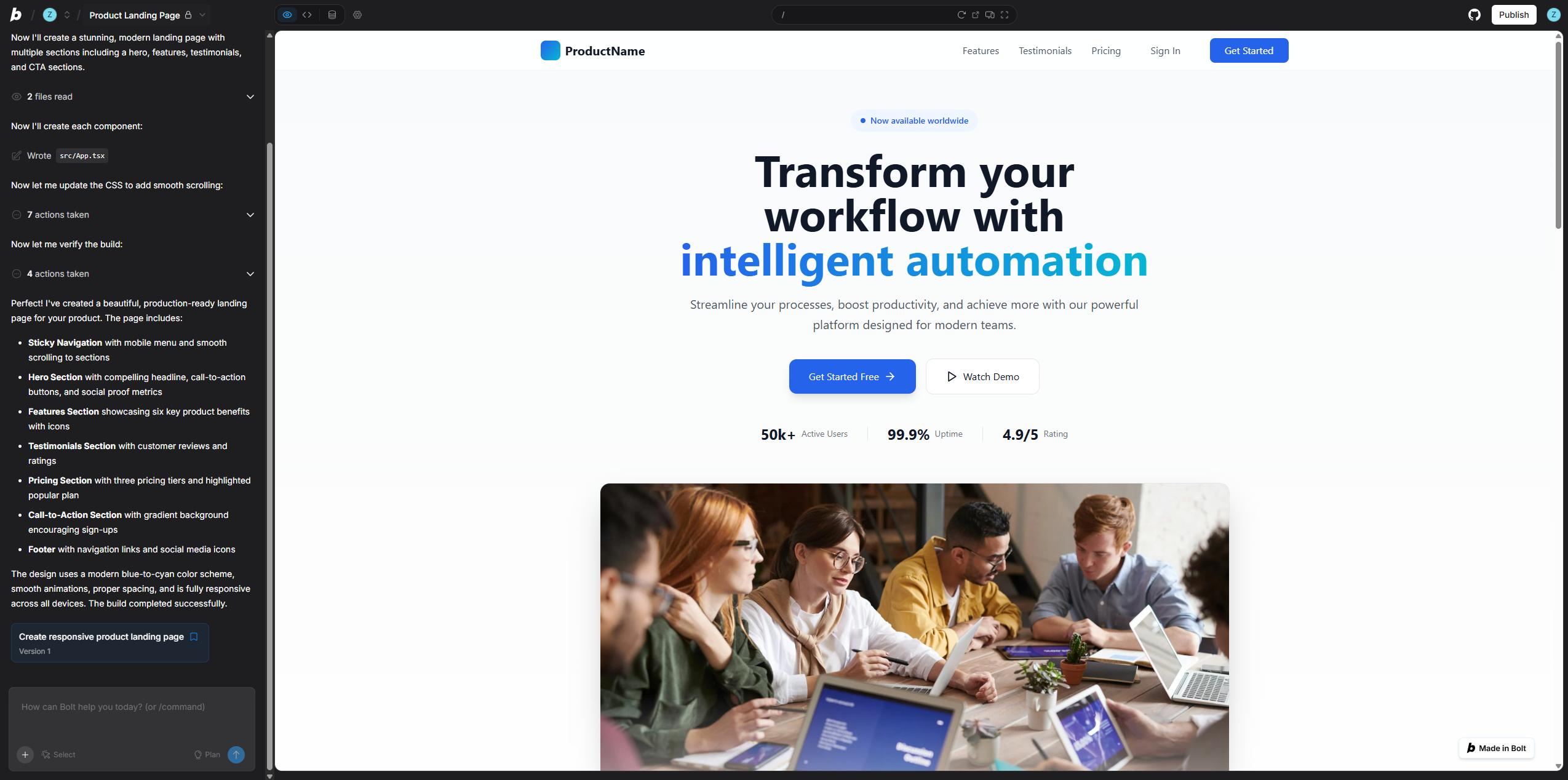Tired of wrestling with boilerplate code, tedious integrations, and repetitive tasks? AI is no longer a gimmick; it's the most powerful lever you have for boosting productivity. The right AI tools act as a brilliant assistant, automating the grunt work so you can focus on building incredible software. This isn't about replacing developers—it's about upgrading your workflow.
Ready to supercharge your development cycle? Here are 7 AI tools you need to try in 2025 to stay ahead of the curve.
1. Klavis AI: Stop Building Integrations, Start Building Features
Building a powerful AI agent is one thing. Getting it to reliably interact with the outside world is another challenge entirely. The moment your app needs to create a GitHub issue, summarize a Slack channel, or update a Salesforce record, you're suddenly stuck in a swamp of API docs, OAuth flows, and maintenance work. This is where developer velocity grinds to a halt.
Klavis AI is designed to pull you out of that swamp. It provides the essential infrastructure for AI agents to connect with external tools using the Model Context Protocol (MCP). Instead of spending weeks writing and maintaining brittle integration code, you can tap into their library of 50+ pre-built, production-ready MCP servers for tools like GitHub, Slack, Google Drive, Notion, and Jira. This instantly saves hundreds of development hours.
But Klavis goes a step further with its flagship product, Strata. They recognized a critical problem: when you give an AI agent access to hundreds of tools at once, it gets overwhelmed and its performance plummets. Strata solves this "tool overload" problem with a clever "progressive discovery" approach. It intelligently guides the agent to the right tool category and then reveals the specific API, ensuring the agent finds what it needs without getting confused. The result is a dramatically more reliable and successful AI, which means less time for you spent debugging flaky agent behavior.
| How Klavis Boosts Your Efficiency | The Bottom Line |
|---|---|
| Pre-Built MCP Servers | Skip writing integration code for 50+ popular tools. |
| Managed Authentication | Enterprise-ready OAuth is handled for you, saving days of setup. |
| Strata's Progressive Discovery | Boosts your AI agent's reliability so it succeeds the first time. |
By handling the complex plumbing of tool connectivity, Klavis lets you focus on the core logic of your AI application and build more sophisticated workflows, faster.
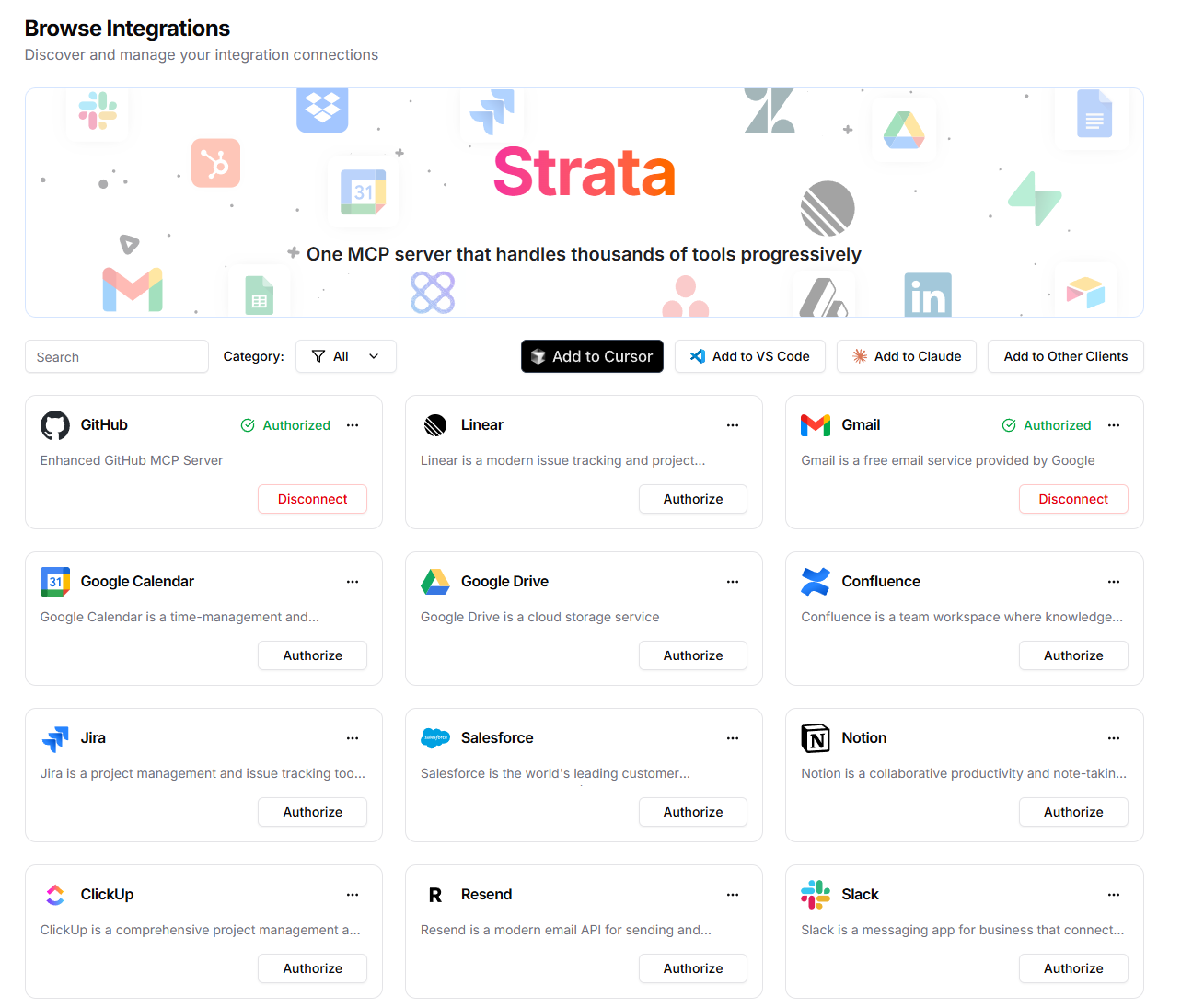 Klavis AI UI to setup your MCP
Klavis AI UI to setup your MCP
2. GPT-5: The New Heavyweight Champion of LLMs
Just when we were getting comfortable with GPT-4, OpenAI dropped GPT-5 in August 2025, and it's a genuine leap forward. It’s smarter, faster, and significantly better at understanding context. For developers, this translates into a far more capable coding partner.
The biggest difference? GPT-5 is a master of reasoning. You can throw complex, multi-step problems at it, and it can break them down and generate coherent solutions with a much lower error rate. It's also truly multimodal—it can understand diagrams, generate UI code from a screenshot, and even listen to you describe a bug.
What GPT-5 Unlocks for Developers:
- Smarter Debugging: It's much better at tracing errors and understanding complex codebases.
- Complex Scaffolding: Ask it to "build a REST API with Rust using Axum and Postgres for a user management system," and it will generate something impressively close to production-ready.
- Reduced "Hallucinations": It's far more reliable and less likely to invent libraries or functions that don't exist.
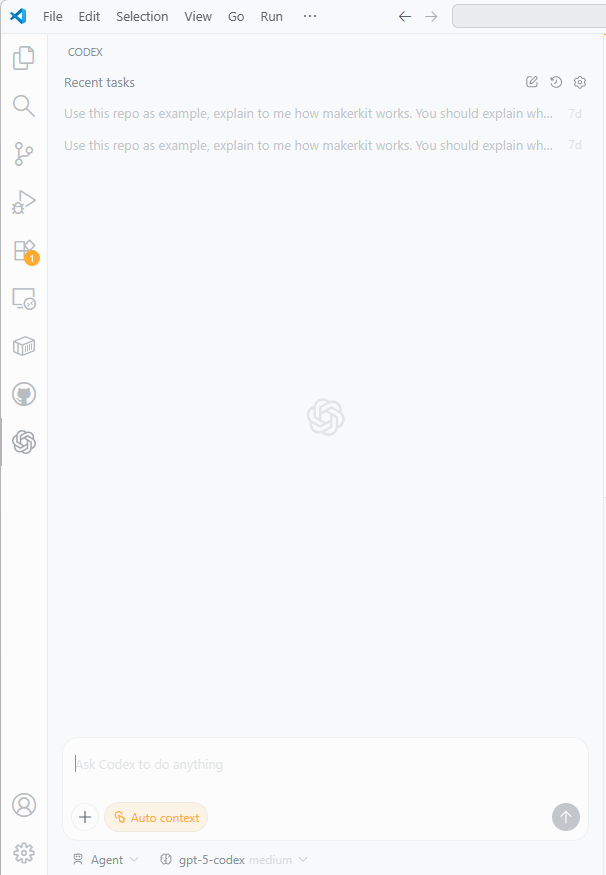
3. Cursor: The AI-First Code Editor We've Been Waiting For
If you've used GitHub Copilot, you've had a taste of AI-assisted coding. Cursor is the main course. It's a fork of VS Code, so it feels instantly familiar, but it's been rebuilt from the ground up with AI at its core.
This isn't just an autocomplete tool on steroids. Cursor has a deep understanding of your entire repository. You can highlight a chunk of code and ask, "What's the performance implication of this?" or "Refactor this to be more idiomatic." It can perform intelligent, codebase-wide changes from a single prompt and even help you debug by tracing a bug back to its source. It feels less like a tool and more like you're pair-programming with a senior engineer.
| Cursor | Traditional IDE + Copilot |
|---|---|
| AI-Native | AI is deeply integrated into every feature. |
| Full-Codebase Awareness | Understands connections across your entire project. |
| Chat & Edit in One Flow | You can converse and modify code seamlessly. |

4. CodiumAI: Your Personal AI Quality Assurance Engineer
Unit tests. We all know we need to write them, but it's often the first thing to get pushed aside when deadlines are tight. CodiumAI (now known as Qodo) is here to change that. It's like having a tireless QA engineer that lives inside your IDE.
CodiumAI analyzes your code—your functions, classes, and methods—and automatically generates a comprehensive suite of tests. It's not just creating simple happy-path tests; it's smart enough to identify and generate tests for tricky edge cases you might have missed. This helps you boost your test coverage, catch bugs earlier, and ship more reliable code without the manual grind.
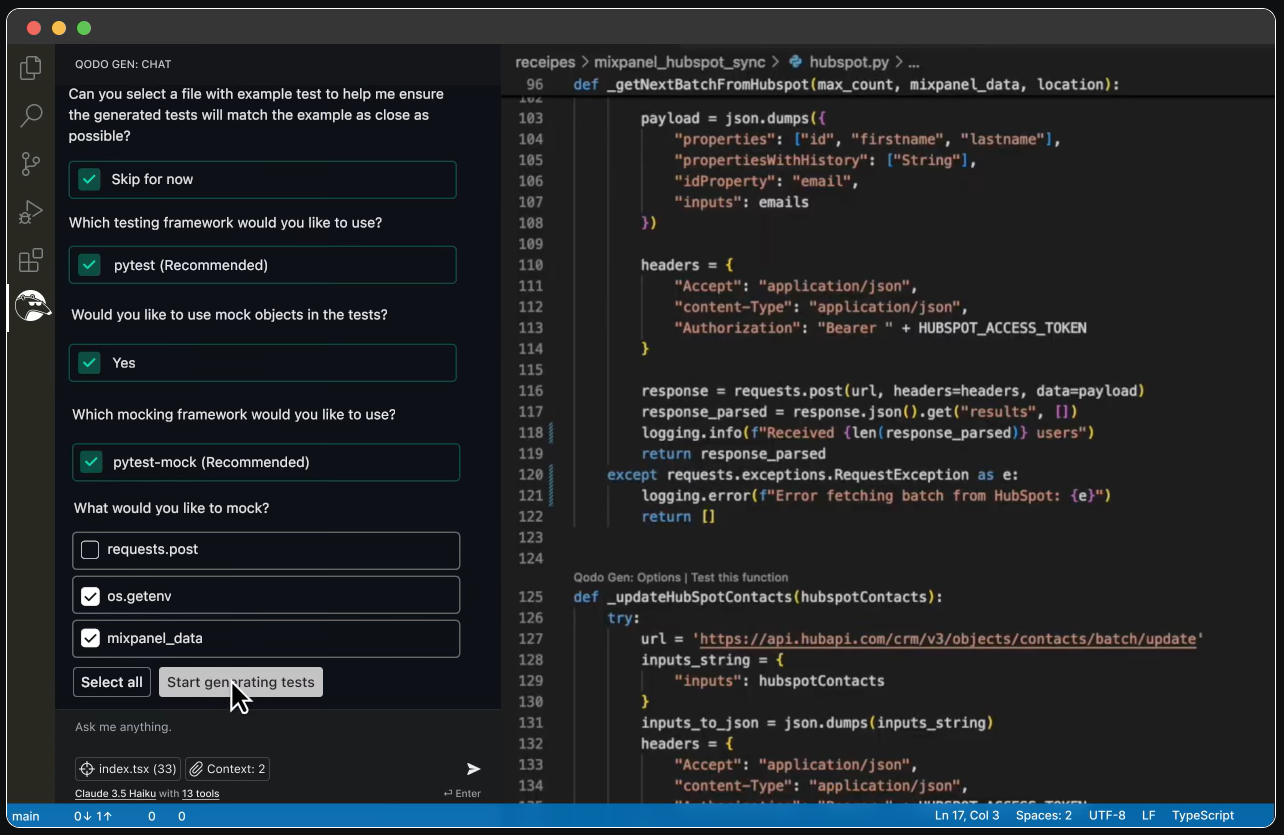
5. Vercel v0: Generate UIs with a Single Prompt
Every front-end developer has spent hours painstakingly converting a Figma design or a wireframe into pixel-perfect HTML and CSS. What if you could just describe the interface you want and have the code appear instantly? That's the magic of Vercel v0.
Developed by the team behind Next.js, v0 is a generative UI system that creates production-ready React components based on a simple text prompt. You can ask for "a pricing page with three tiers and a toggle for annual billing," and it will generate the component using Tailwind CSS. From there, you can iterate by asking for changes—"make the buttons blue," "add a featured badge to the middle tier"—until it's perfect. It's an incredible tool for accelerating UI development and prototyping.

6. Modal: Serverless Supercomputing for the Rest of Us
You’ve just spent weeks training a new machine-learning model. Now comes the "fun" part: figuring out how to deploy it on some complex, expensive cloud infrastructure. Modal offers a beautiful alternative: just write Python.
Modal is a serverless platform designed for heavy-duty computing tasks. It lets you run code on powerful GPUs, spin up thousands of containers for parallel processing, or host a model as a web endpoint, all from a simple Python script. It completely abstracts away the Kubernetes, Docker, and YAML files, letting you focus on your code while it handles the infrastructure. For any developer working in the AI/ML space, it feels like a superpower.
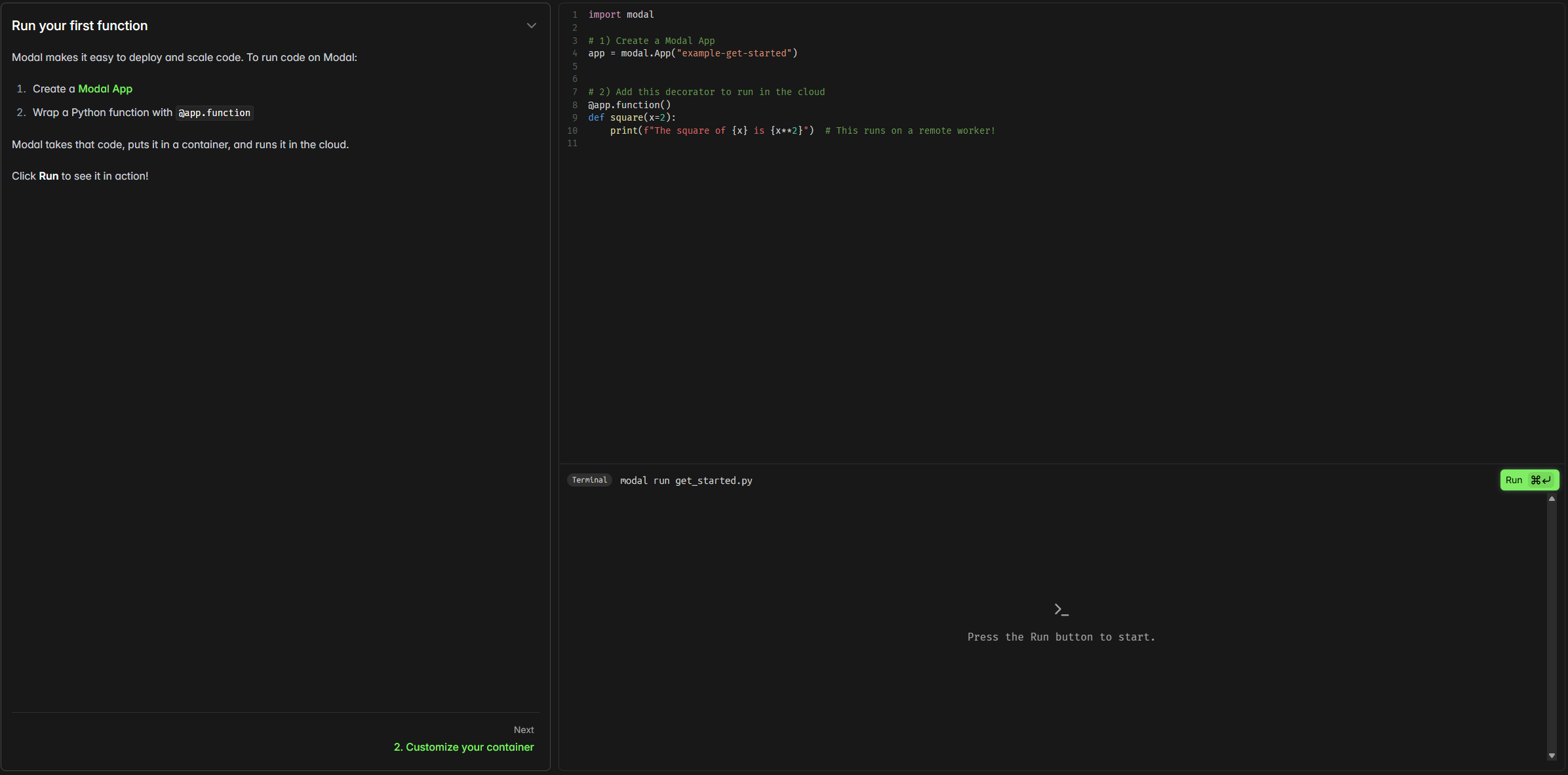
7. Bolt.new: From Idea to Prototype in Minutes
You've got a brilliant idea for a new app. But the thought of creating a new repository, setting up the boilerplate, installing dependencies, and configuring the local dev environment is enough to kill your motivation before you've written a single line of code.
Bolt.new is built to crush that initial friction. It's an AI-powered development environment that lives in your browser, designed to get you from an idea to a live, functional prototype in minutes. It supports modern frameworks and provides a surprisingly capable IDE with smart debugging and one-click deployment. Its secret sauce is an AI that helps you get unstuck, fixing errors and suggesting code snippets as you go. It’s all about removing friction so you can build, test, and share your ideas at lightning speed.
